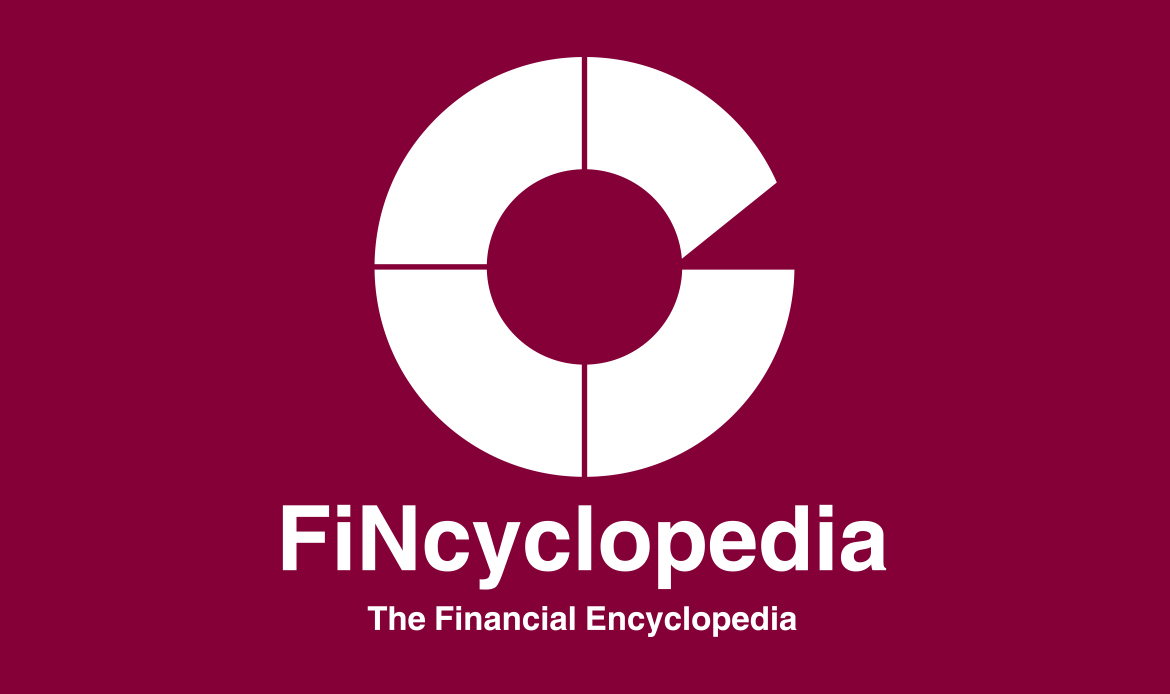A floater (FRN) in which coupon payments are subject to a floor set at the preceding coupon payment and a cap equal to the preceding coupon plus some incremental margin. Coupons on one-way floaters are typically pegged to a floating rate, such as LIBOR (3- or 6-month). For example, a one-way floater may be structured so that it is linked to 6-month LIBOR, while its floor is readjusted on resetting dates with a 20 basis points as incremental margin. Effectively, one-way floaters deliver a return over time that increases a little bit from period to period, with the coupon payment never dropping below the level of the preceding coupon payment. This type of floater can particularly be instrumental to issuers who expect the implied forward rates would be higher over time, while expecting actual rates to remain above the floor level.
A one-way floater is also known as a ratchet floater.





